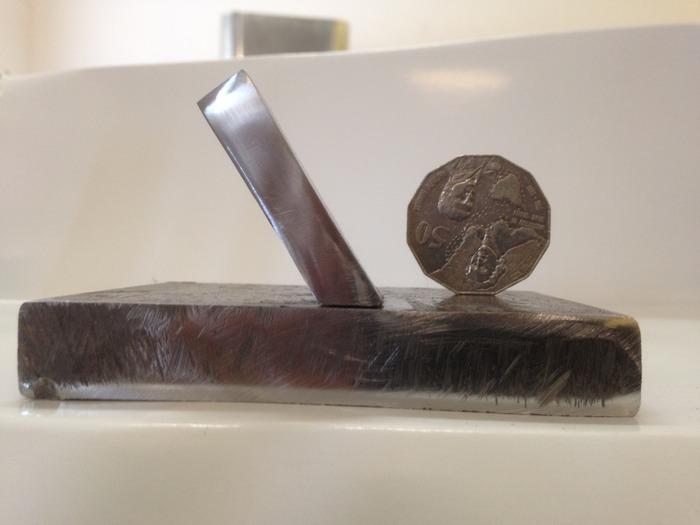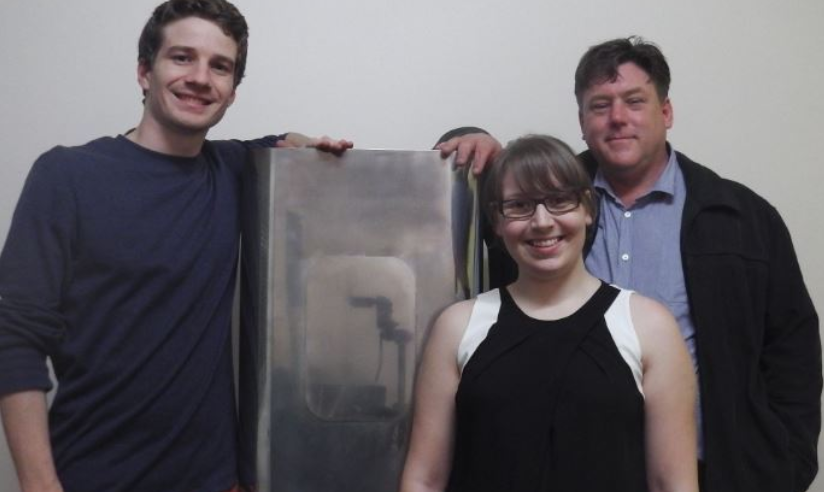 While affordable, smaller-scale metal 3D printing is one of the many Holy Grails within the consumer and small business segment of the 3D printing industry, the manufacturers’ equivalent of a Holy Grail would be a fast, large-scale metal 3D printer.
While affordable, smaller-scale metal 3D printing is one of the many Holy Grails within the consumer and small business segment of the 3D printing industry, the manufacturers’ equivalent of a Holy Grail would be a fast, large-scale metal 3D printer.
One Perth, Australia-based company which we’ve covered in the past called Aurora Labs seems to have found the formula for both of these much sought after Holy Grails. In fact, back in September of 2014, they launched a Kickstarter crowdfunding campaign for a metal 3D printer priced at just under $4,500. The company raised over $300,000 AUD before canceling the funding altogether over concerns of losing their intellectual property rights. Kickstarter had demanded the company disclose sensitive details related to how the technology had worked.
Although the cancellation of their funding campaign was a disappointment to the 122 backers of their project at the time, they now have something else for the industry to get excited about: A large-scale metal 3D printer that, according to Aurora Labs, is capable of printing at 100 times the speed of other machines on the market. This goliath machine that the company is currently working on, which is able to construct objects that weigh as much as 1,000kg and measure 2.5 meters in length, 1.5 meters in width and 1.5 meters in height, has recently piqued the interest of NASA.
“They’re interested in having a chat about what we’re up to, and they can see the advantages of using this technology. The main difference between ours and others in the market is ours can run at about 100 times faster with a similar resolution,” Aurora Labs CEO David Budge told Startup Smart.
NASA, along with several large companies, has expressed interest in either using Aurora Labs’ 3D printing technology or acquiring the company altogether. NASA’s interest seems to be related to the possible printing of rocket engines, but at the same time they have also shown interest in using Aurora Labs’ smaller-format printers which were unveiled on Kickstarter last year. With the larger machine, numerous components of an engine could feasibly be printed as a single part. As for the smaller machines, it’s unknown what NASA’s interest may revolve around, but they have already thoroughly entrenched themselves within the 3D  printing space, even teaming with a company called Made in Space to send an FDM printer to the International Space Station.
printing space, even teaming with a company called Made in Space to send an FDM printer to the International Space Station.
“Once 3D printing becomes a commercially competitive process everyone will want to be printing things, because the advantages are so big,” says Budge. “This is just the tip of the iceberg.”
As for the smaller machines that Budge and his team unveiled last year, the company is currently in the process of scaling up their production capacity, with a goal to ultimately sell affordable, microwave-size metal 3D printers to consumers and small businesses alike.
Certainly the company seems to be on to something, generating a ton of interest within numerous industries. It will be interesting to follow the progress of the large-scale metal printer that they say can print up to 100 times the speed of similar machines, as well as the consumer-targeted 3D printers. Budge believes that he will have scaled-down prototypes of these machines ready in about three months and a full-size version available in the first quarter of 2016.
Let us know your thoughts on the company and the possible implications of these 3D printers on the industrial as well as consumer segments of the market. Discuss in the Aurora Labs forum thread on 3DPB.com.
Subscribe to Our Email Newsletter
Stay up-to-date on all the latest news from the 3D printing industry and receive information and offers from third party vendors.
You May Also Like
Gorilla Sports GE’s First 3D Printed Titanium Cast
How do you help a gorilla with a broken arm? Sounds like the start of a bad joke a zookeeper might tell, but it’s an actual dilemma recently faced by...
Nylon 3D Printed Parts Made More Functional with Coatings & Colors
Parts 3D printed from polyamide (PA, Nylon) 12 using powder bed fusion (PBF) are a mainstay in the additive manufacturing (AM) industry. While post-finishing processes have improved the porosity of...
$25M to Back Sintavia’s Largest Expansion of Metal 3D Printing Capacity Since 2019
Sintavia, the digital manufacturing company specializing in mission-critical parts for strategic sectors, announced a $25 million investment to increase its production capacity, the largest expansion to its operations since 2019....
Velo3D Initiates Public Offering in a Bid to Strengthen Financial Foundations and Drive Future Growth
Velo3D (NYSE: VLD) has been among a number of publicly traded 3D printing firms that have attempted to weather the current macroeconomic climate. After posting a challenging financial report for 2023,...
































